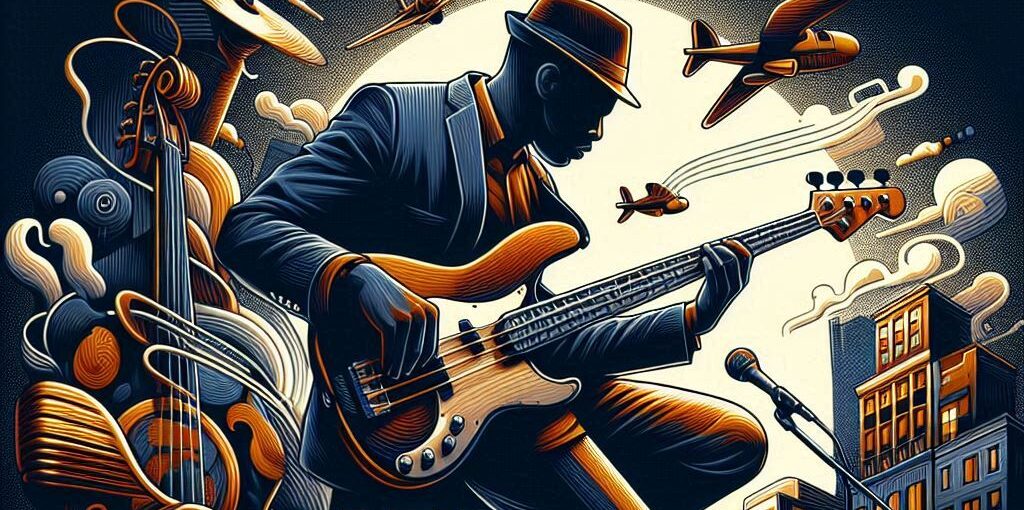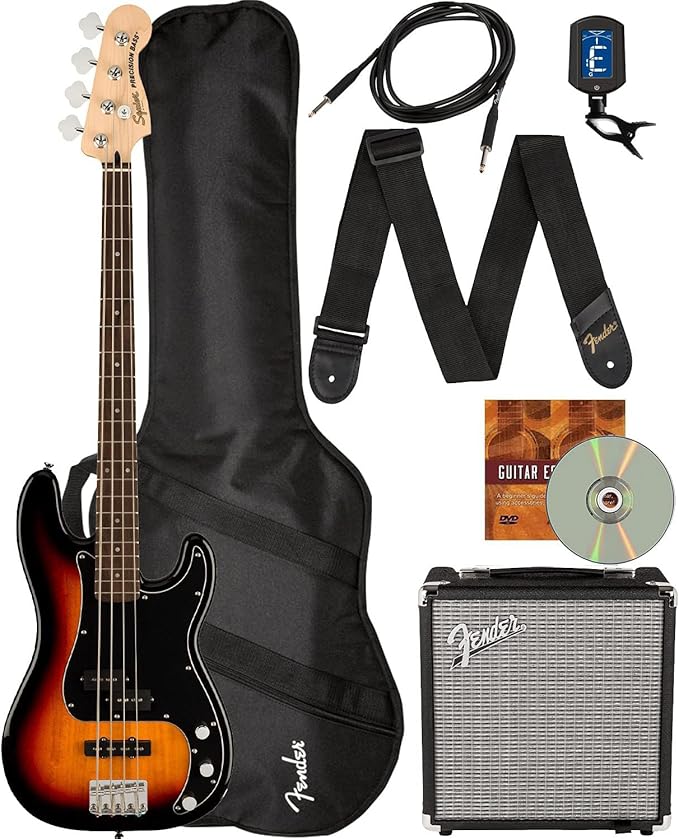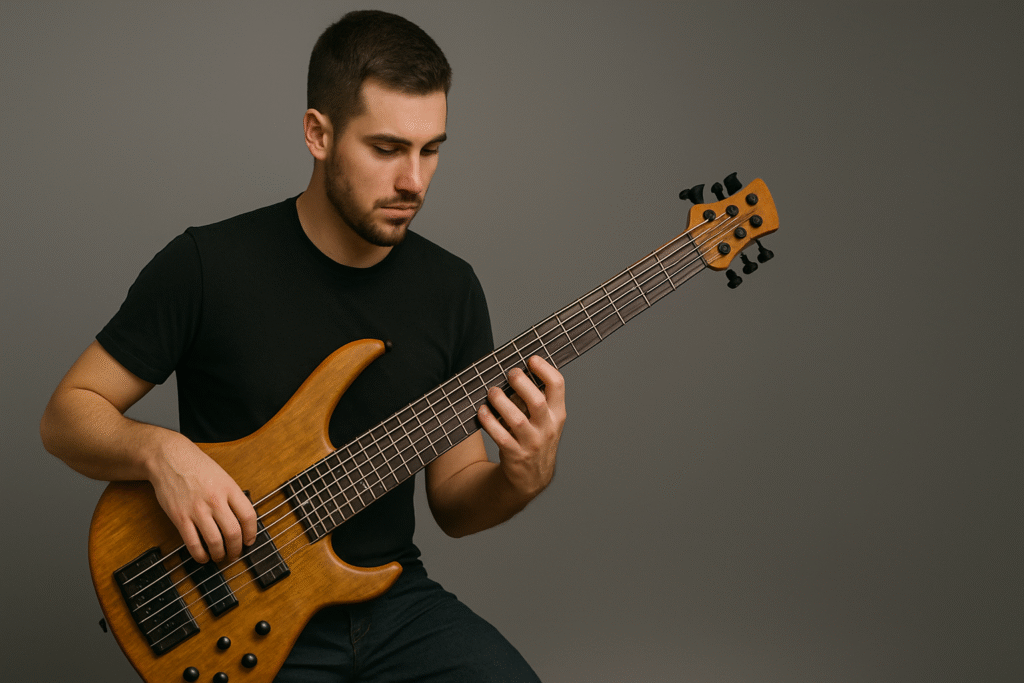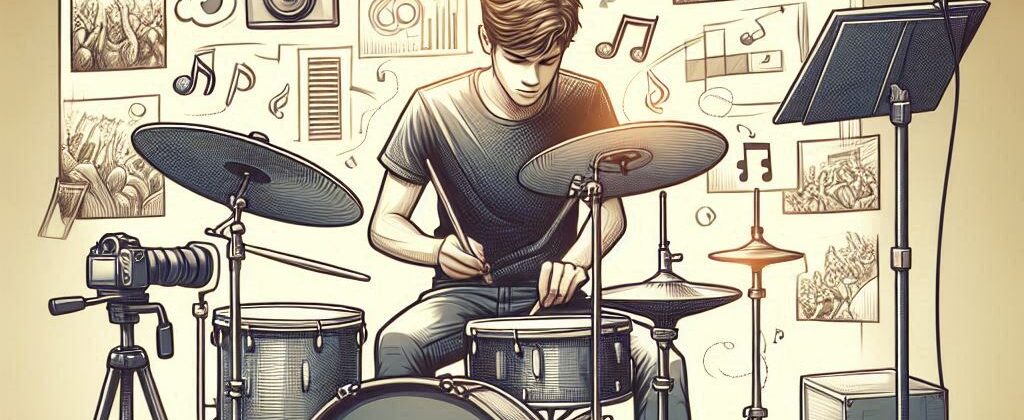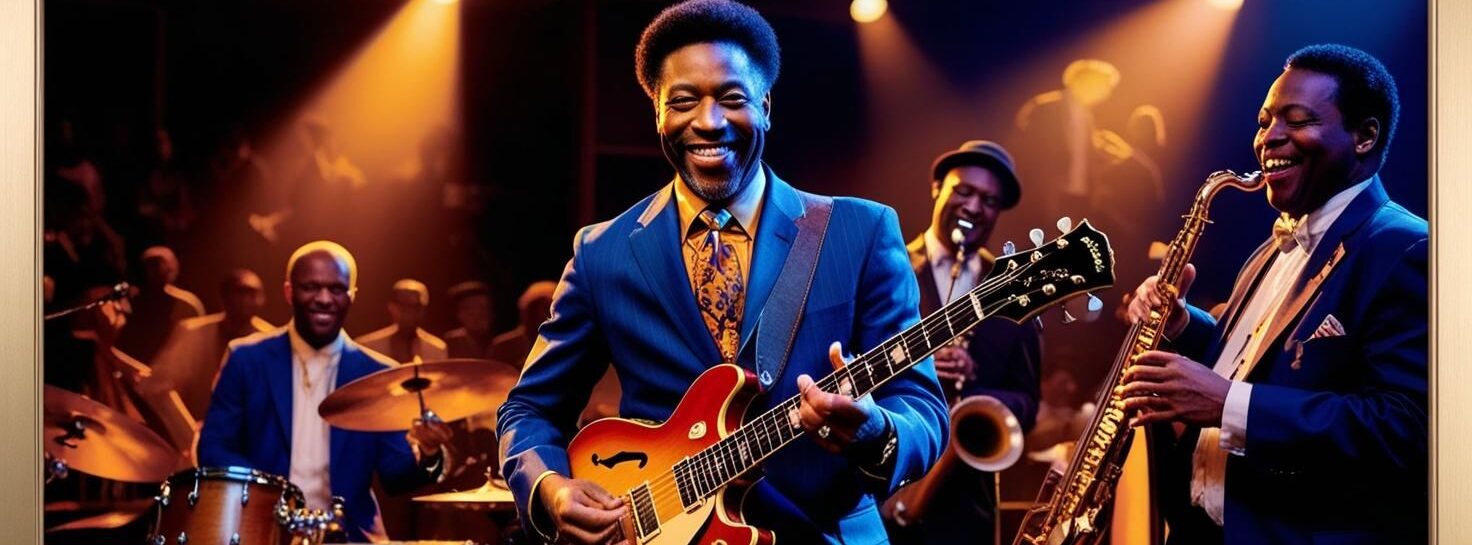It’s fascinating how the bass guitar started with Paul Tutmarc from Seattle in the 1930s. He’s the guy you want to talk about at parties if you want to sound like you know music history. Before Tutmarc, bands relied on the upright bass, a hefty beast to lug around. Tutmarc’s electric bass solidified its place as the backbone of every modern band, compact and electrifying, and easier on the back.
The shift from upright to electric bass wasn’t just about convenience. It changed the sonic landscape. Bands could be punchier and more dynamic. The electric bass guitar became a staple in jazz clubs, and eventually, it found its way into blues. It worked its magic, unlocking new grooves and tones that the traditional upright bass could only dream of.
Think of innovators like Larry Graham, who pretty much invented slap bass, or Carol Kaye, who laid the groove in countless classic tracks. These early trailblazers didn’t just play the bass—they revolutionized it. Their work offered that low-end punch and jaw-dropping technique that we feel in our chests during concerts.
It’s no surprise that genres like jazz and blues were among the first to let bass guitars steal the spotlight. The electric bass allowed these genres to explore deeper ranges and rhythms, paving the way for modern sounds and styles we now enjoy. Its evolution is a testament to the bass guitar’s enduring influence and versatility.
Defining the Soundscapes: The Bass Guitar’s Role in Music Composition
The bass guitar isn’t just about keeping the beat. It’s the glue between rhythm and harmony, laying down a spine that lets everyone else shine. In the hierarchy of band instruments, the bass often skulks in the shadows, but its rhythmic pulse and tonal depth create the lush backdrop against which epic solos soar.
Crafting a song’s structure depends heavily on the bass. It’s the heartbeat, ushering songs from simple tunes to soul-shaking experiences. Bass lines can manipulate the mood, ushering in suspense, excitement, or pure groove power. Without it, music stands bare, like a cake without icing—good, but missing greatness.
Bass guitar styles are as varied as the players themselves. Some go for slap bass to add a percussive edge, while others prefer fingerstyle for smooth, rich lines. Picks add a bite and attack, perfect for cutting through a wall of sound. Each style offers its own flavor and complements a genre differently.
The masters of the bass guitar have their own moves that make them legends. Whether it’s Jaco Pastorius with his virtuosic jazz runs or Flea’s restless energy in rock and funk, their contributions aren’t just notes; they’re narratives in sound. I find inspiration in their agility and creativity, transforming what’s normally a supporting role into a stage-stealing art form.
Cultural Significance: The Bass Guitar’s Influence on Modern Music Genres
It’s easy to overlook just how much the bass guitar has shifted the musical landscape across different genres. In rock, it’s the thunder beneath the riffs. Take the legendary John Paul Jones of Led Zeppelin; his bass lines blend seamlessly yet powerfully with heavy guitar and drums, creating that unmistakable jam that cranks through speakers worldwide.
Funk without bass? That’s like having a disco without a mirror ball. The bass guitar pumps out the irresistible grooves, thanks to folks like Bootsy Collins who turned bass playing into an out-of-this-world experience with his funky, flamboyant style. The bass is not just an instrument in funk—it’s the star of the show, driving the rhythm forward with unapologetic flair.
Reggae leans heavily on its signature bass lines, using them as a melodic anchor. It’s the bass that gives reggae its chilled, swaying vibe, capturing the heart of island life. Aston Barrett of The Wailers laid down some of the most iconic bass lines, echoing resilience and hope in every note.
Then there’s hip-hop and pop where the bass line’s thumping presence is non-negotiable. It’s also the backbone in electronic dance music, with DJs and producers using bass to build energy and hype. Synthesized bass lines create those drops and wubs that electrify dance floors globally, showing just how adaptable the bass guitar’s impact really is.
Through music, the bass guitar connects with social movements and cultures. Whether it’s the voice of youth rebellion or the heart of peace and love anthems, the bass guitar flows beyond notes; it embodies feelings, pushing the genre boundaries while keeping everyone dancing, thinking, or just chilling.
Technological Advances and the Future of Bass Guitar in Music
It’s wild how technology has revamped the bass guitar’s role in modern music. With digital audio workstations (DAWs) and software plugins, bass playing has reached new creative heights. Musicians today can experiment with endless soundscapes right from their laptops, tweaking tones and adding effects that were once impossible to achieve with traditional gear.
Virtual bands and digital music production mean bass guitars aren’t limited to live performances anymore. Artists are emulating real bass lines digitally, putting bass into genres that had never even thought about needing that low-end groove. It’s all about expanding possibilities while still keeping that warm, earthy vibe of a real bass to anchor a track.
I have not seen this bass guitar very often, but below is a man playing a six string bass. Normally, the bass has only 4 strings. IF YOU ARE INTERESTED IN PURSING A SIX STRING, CLICK ON THE IMAGE AND TAKE A LOOK AT WHAT I FOUND:
The design of the bass guitar itself is evolving, with five-string and six-string models adding extra depth. Going beyond the traditional four strings allows for broader musical exploration, catering to the sonic needs of modern genres. Extended-range basses are blurring the lines between bass and guitar, expanding the instrument’s role in music creation.
Looking forward, the bass guitar seems set to explore even more uncharted territory. As music genres continue to blend and evolve, the bass guitar will adapt, innovate, and push boundaries. With technology leading the charge, the bass guitar’s journey is far from over. It’s ready to groove into the future, playing a crucial role in whatever the next big sound might be.


